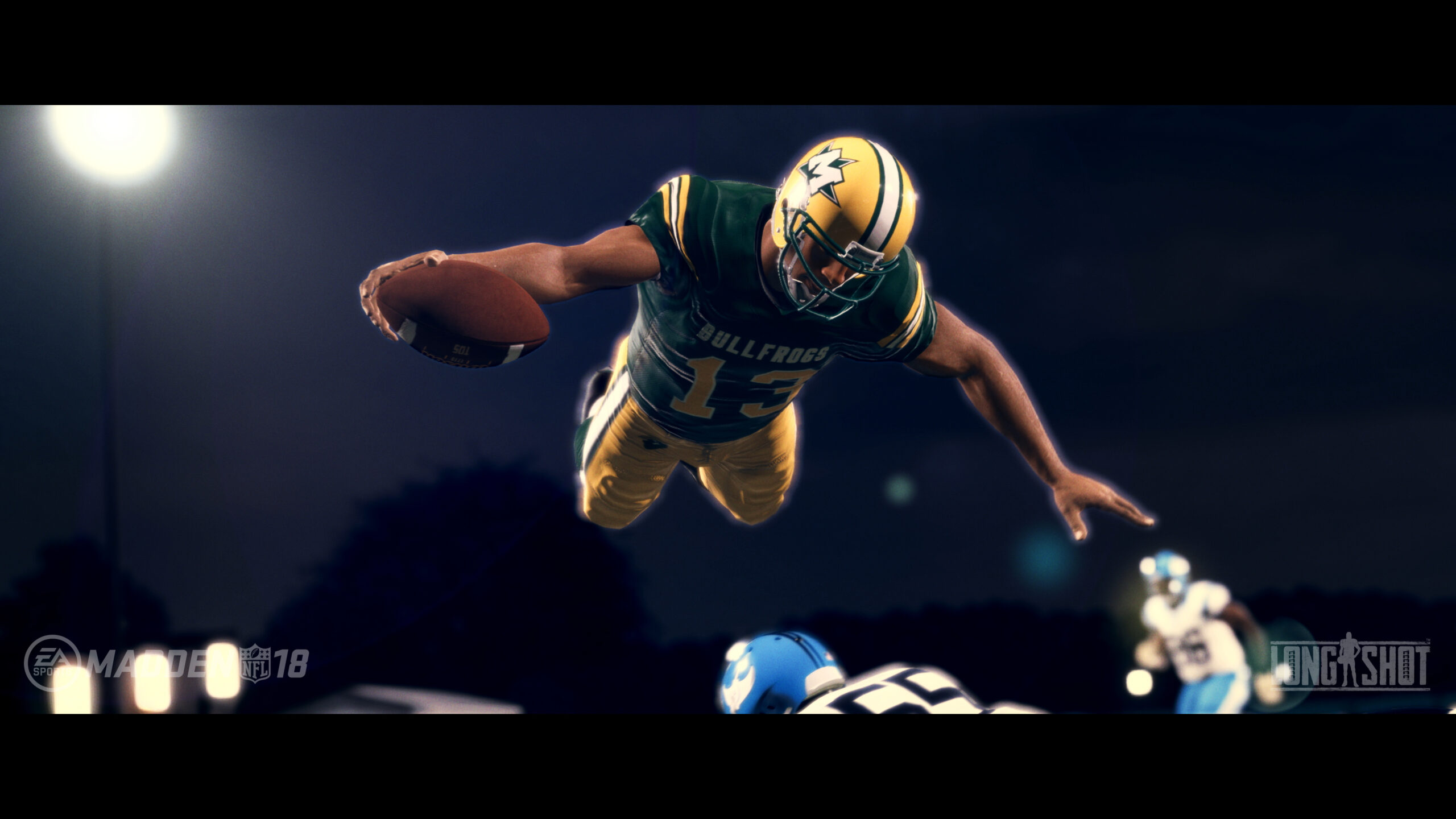If there’s any common reason that ambitious VR games frequently wind up disappointing, restrictive budgets would be to blame. Limited money means fewer people work on a game, generally reducing the scope of the experience. And even though VR tends to demand triple-A-caliber assets and design, experienced developers have come to see big budget titles as especially risky on new, unestablished platforms. Since VR is still building its audience, it’s no wonder that large developers’ VR “experiences” feel more like teasers than complete games.
There’s a solution: ports. While I normally wouldn’t buy into a platform just for ports, they strike me as the best model to keep the VR universe flush with quality software in a “small budget” world. The truth of this crystallized after I read a new Reddit AMA with the developers behind the Wipeout Omega Collection. Sony revealed that a team of only five people brought the iconic Wipeout series (perfectly) into VR — a particularly stunning feat given that the franchise’s original development team disappeared years earlier.

Unlock premium content and VIP community perks with GB M A X!
Join now to enjoy our free and premium membership perks.
![]()

![]()